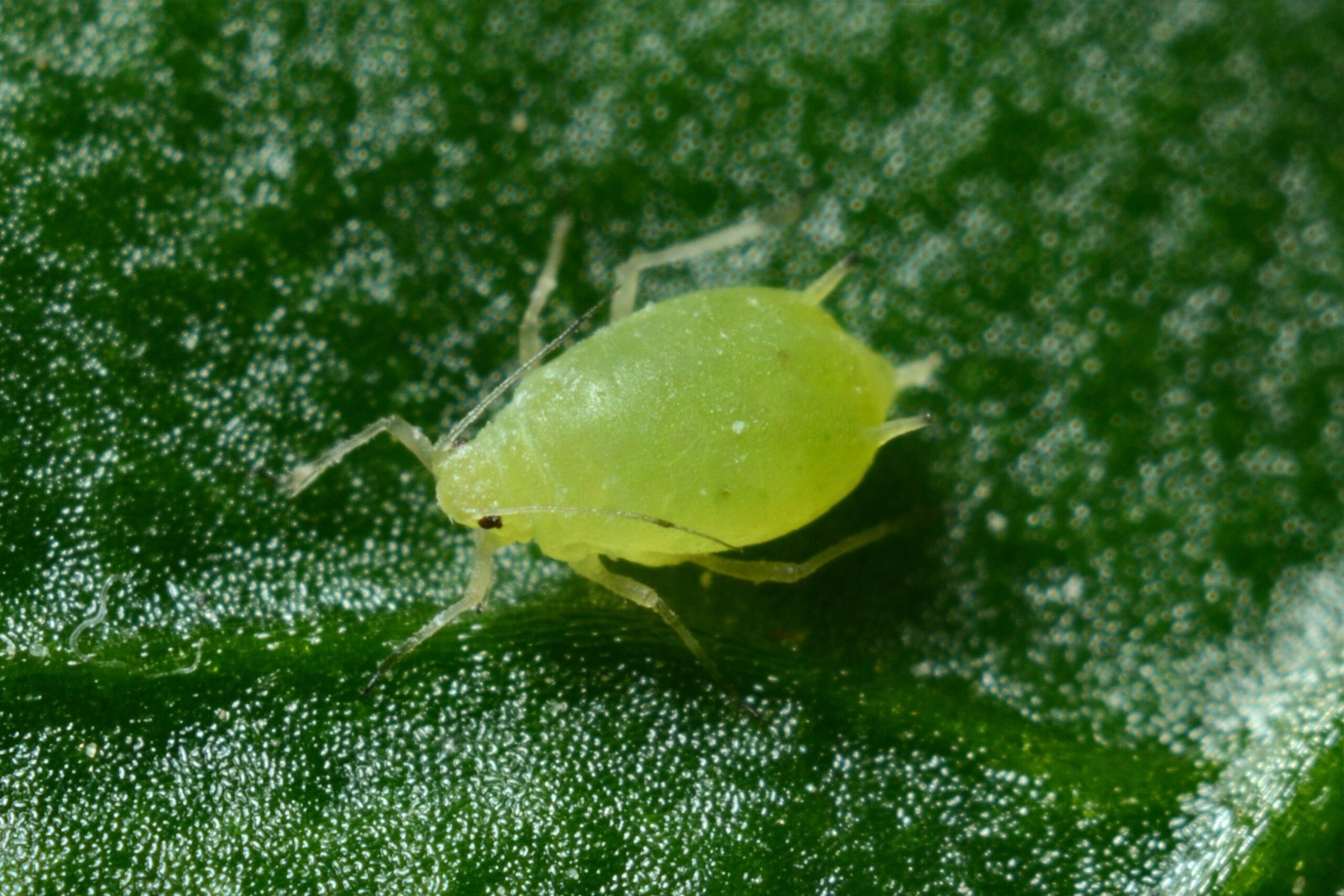Mites are tiny arthropods that belong to the class Arachnida. They are closely related to spiders and ticks. These minuscule creatures can be found in various habitats, including soil, water, plants, and animals. While mites are a natural part of the ecosystem and play important roles in decomposition and nutrient cycling, certain species can become pests in human environments.
Mites can enter our homes through various means. Some species of mites, such as dust mites, are commonly found in indoor environments. They thrive in warm and humid conditions, making our homes an ideal habitat. Dust mites feed on dead skin cells and can be found in bedding, upholstered furniture, carpets, and other areas where dust accumulates.
Other mites, like bird mites and rodent mites, can infest homes when their hosts (birds or rodents) nest or live in close proximity to human dwellings. These mites can easily migrate from the nests or hosts into our living spaces, causing discomfort and potential health issues.
Outdoor mites, such as chiggers and harvest mites, can also find their way indoors. They may hitch a ride on clothing, pets, or other objects that come into contact with infested vegetation. Once inside, they can cause itching and skin irritation.
It’s important to note that mites are not exclusive to homes or urban areas. They can be found in a wide range of environments, including gardens, forests, and agricultural fields. Some mites are beneficial, acting as predators of pests or pollinators of plants.
To prevent mite infestations, it’s crucial to maintain clean and hygienic living spaces, reduce humidity levels, regularly wash bedding and vacuum carpets, and address any pest issues promptly. If mite infestations persist or cause significant problems, it may be necessary to seek professional pest control services.
In conclusion, mites can come from various sources and environments, including indoor and outdoor spaces. Understanding their habits and taking preventive measures can help minimize the risks associated with mite infestations.

I’m MD Tanvir, and I bring years of expertise gained from working closely with pest control companies to the forefront. My journey in the industry has inspired me to launch Bug Battler, a platform aimed at equipping people with the know-how to combat pests autonomously. Through Bug Battler, I aim to empower individuals with practical insights to tackle pest infestations effectively.

